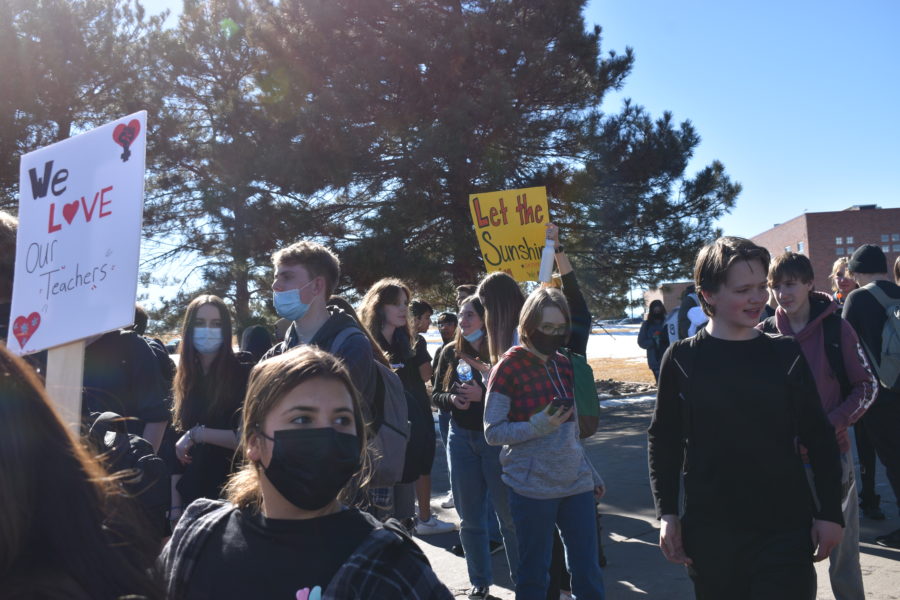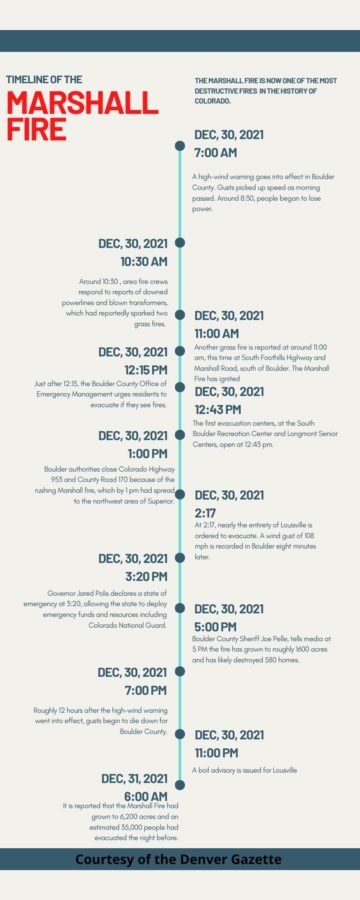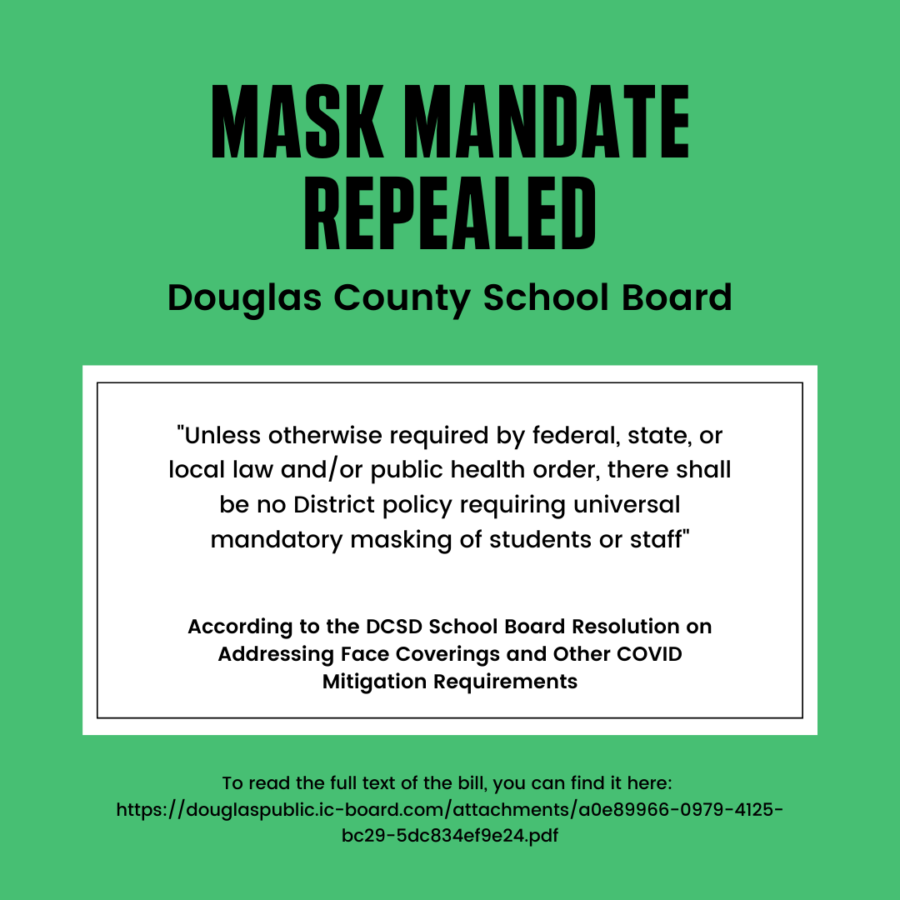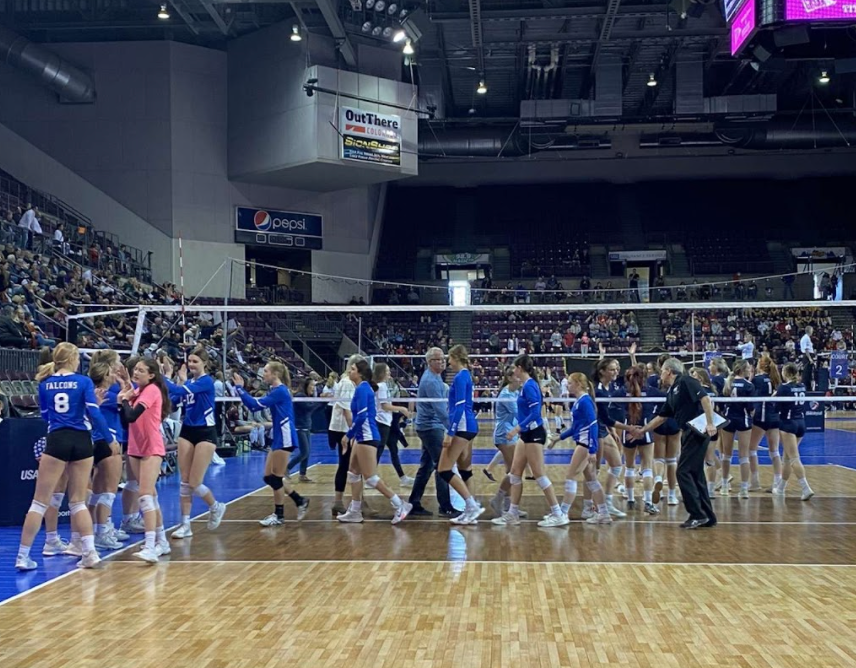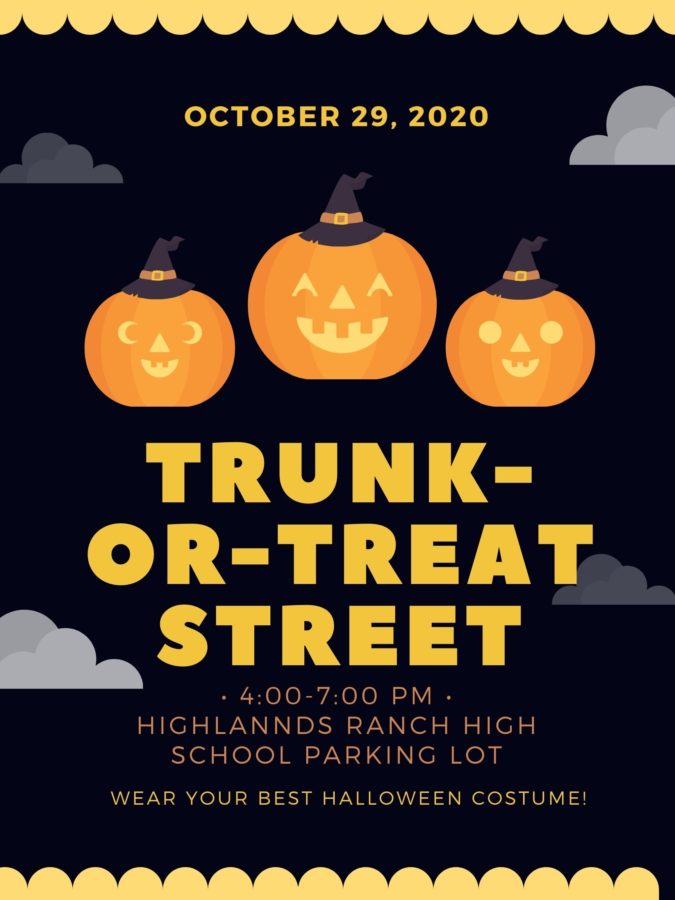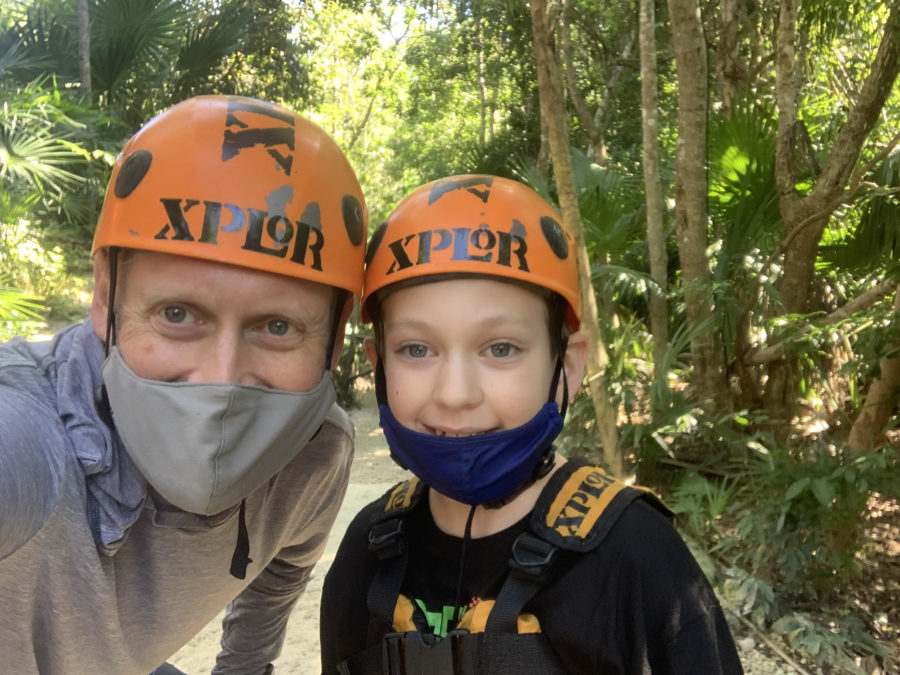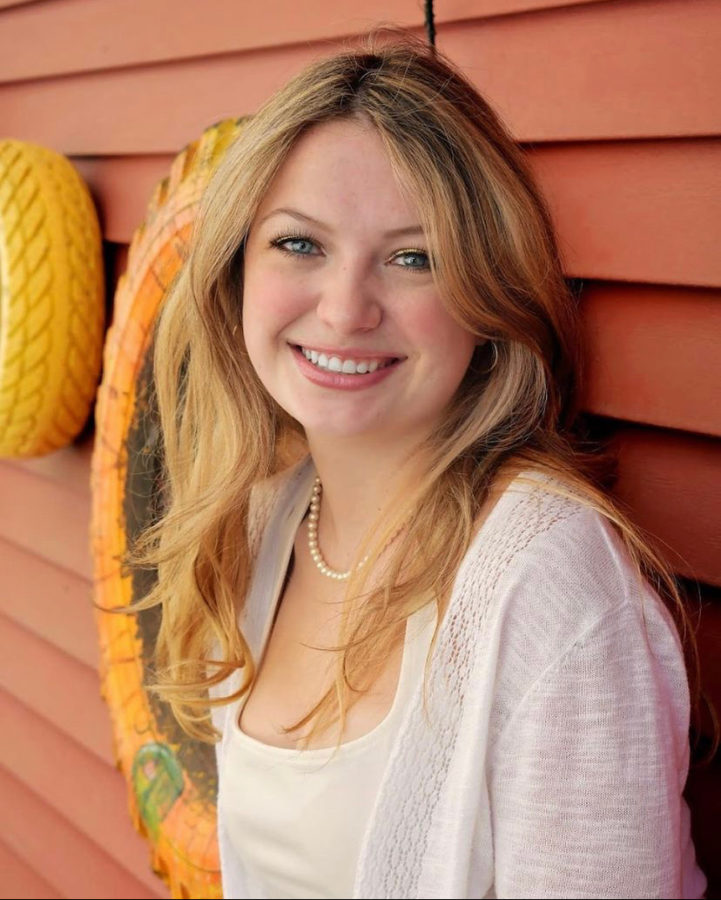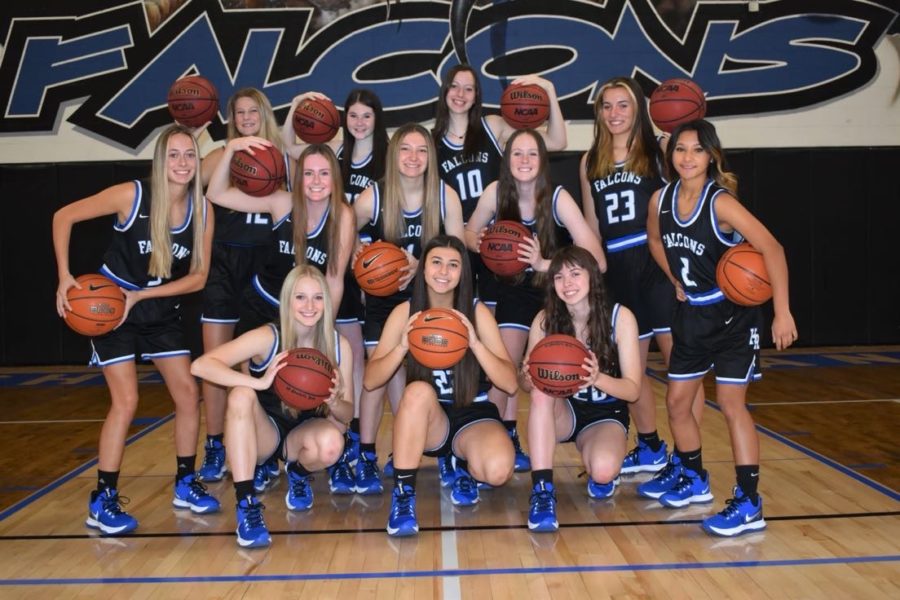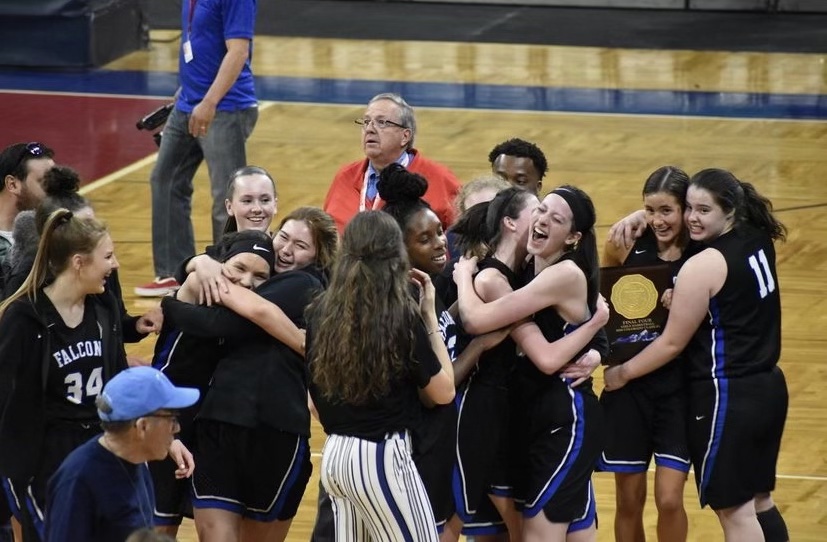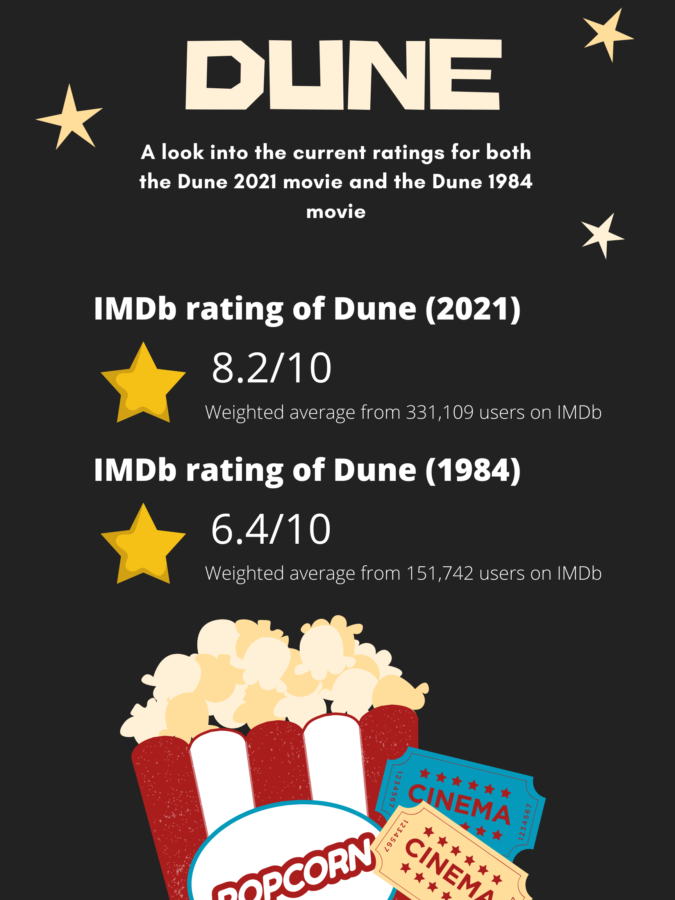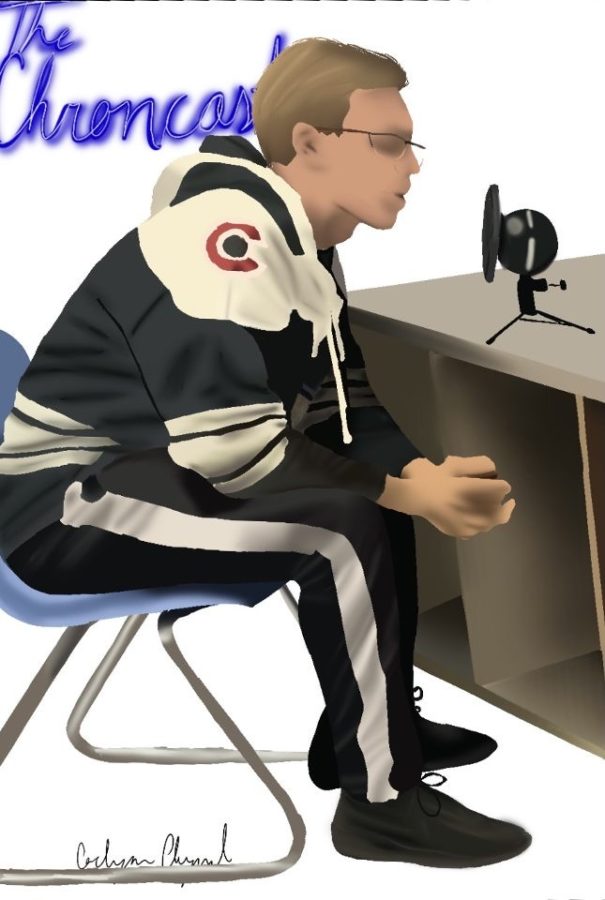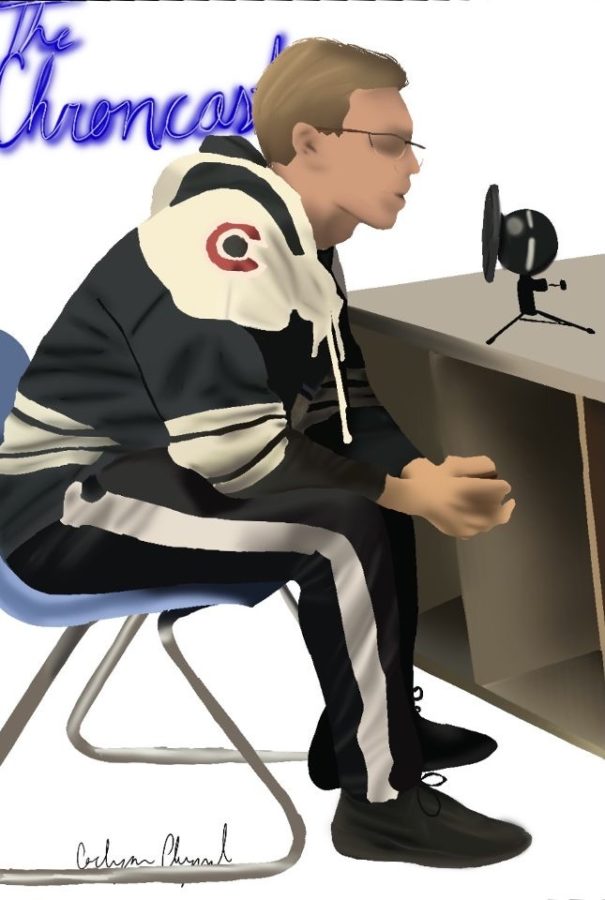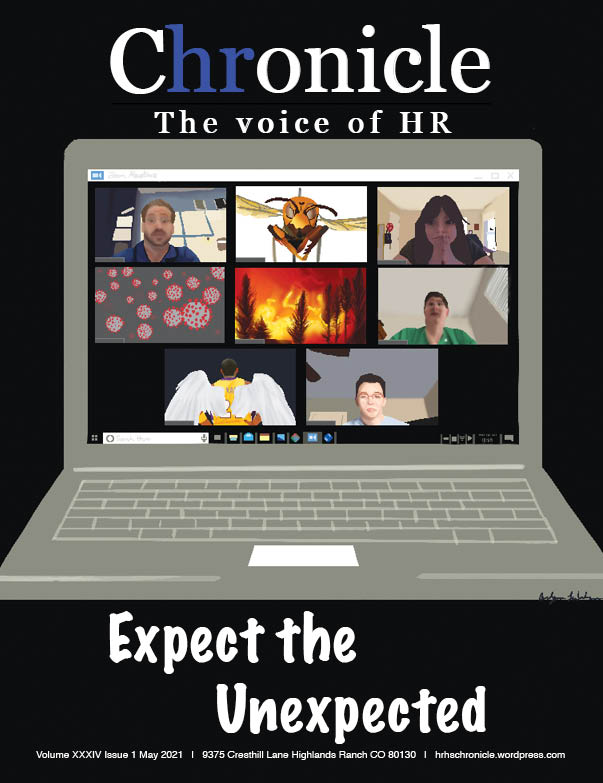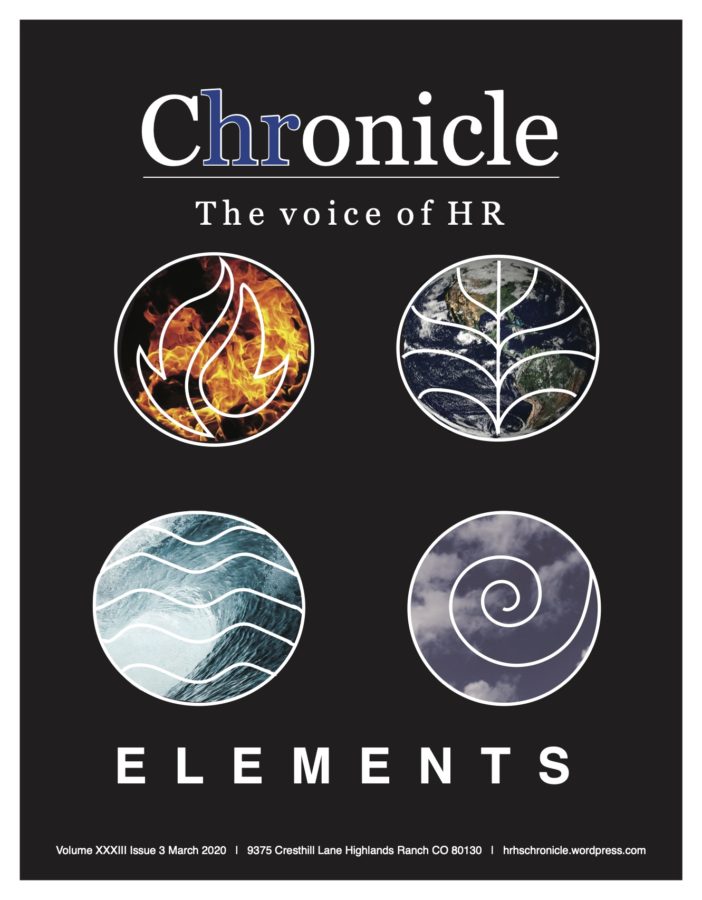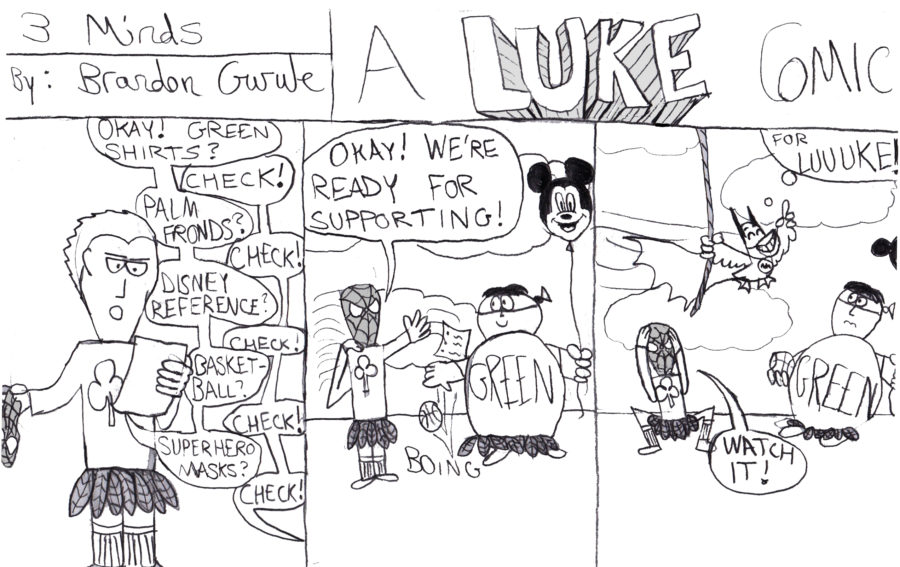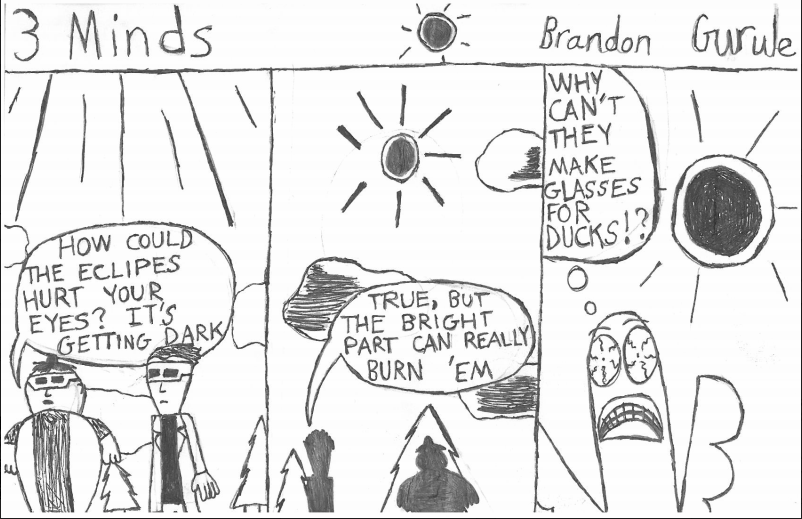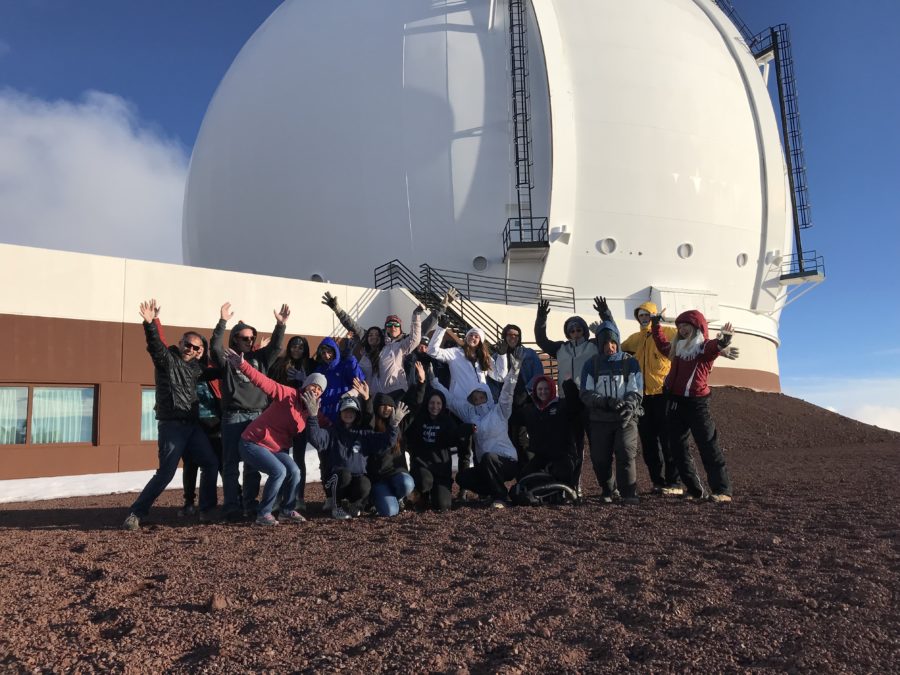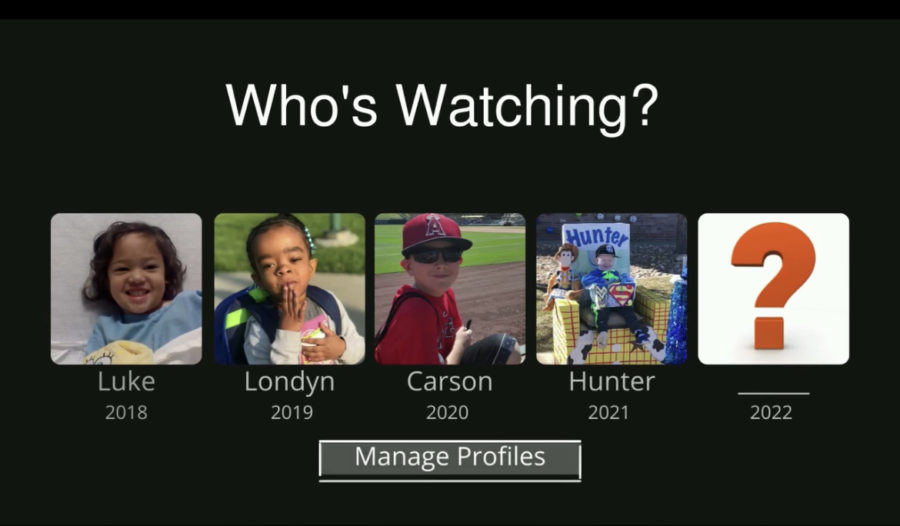The Hawaii trip this year will take place over spring break from March 16 to March 23. Eight students will be going, as well as two science teachers, Bob MacArthur and Heather Berry. At a cost of about 2800 dollars per person, they will travel all over the Big Island, stopping to partake in many cultural and scientific experiences along the way, while having a scientific field study that includes marine biology and geology.
They have a fully booked itinerary for the trip, going first thing in the morning to late at night, including a night manta ray snorkel, visiting lots of waterfalls, and a beach clean-up, which is a great way to earn community service hours for the students going along. “We also go to the top of Mauna Kea, where the world’s best observatories are, and do a little bit of astronomy up there,” said Bob MacArthur, science teacher.
Julia DePinto, sophomore, decided to go on the trip. “It will kind of relate to what I want to be when I grow up, which is a geologist, and plus, it’s Hawaii. Who wouldn’t want to go?” said DePinto.
One of the biggest attractions they’ll be visiting are the volcanic formations. “This year I’m excited to see the volcano. I’m excited to see the volcano every year, but especially this year, because when we went last year, the volcano was glowing, there was lava, and about two weeks after we left, the whole south part of the island went crazy,” said MacArthur. “And the part of the volcano that normally glows is completely collapsed, so we’re going to see a lot of new volcanic features.”
They go whale watching and participate in a snorkeling cruise during the day, which is geared more toward marine biology. “Everything we do is either tied in to some type of science learning or cultural learning,” said Berry. This will also include the night manta ray snorkel, which will happen on a full moon, which makes the night brighter. “They come up and they open their mouths, and then they just scoop all the plankton,” said Berry.
From a geological standpoint, they discuss different types of lava and how it’s formed, and they will also go to a green sand beach, which there are only five of in the world. Wyatt Foster, freshman, said, “I’ve been to Hawaii before, but I’ve never been able to go and see the land and the best parts of it.” They look at the impacts of climate and travel to see the observatories where MacArthur does a talk on astronomy, pointing out stars and constellations.
Regarding the cultural learning, they will go to a luau and meet with the Hawaiian elders, called the Kapuna. The Kapuna teach the students how to play ukulele, how to weave palm leaves, and even how to hula. “Hawaii has such a unique culture, so it’s really neat to be able to see the elders share that culture with our kids,” said Berry.
These students will get a first hand look at the many wonders of Hawaii, while making a connection from the classroom to the real world. MacArthur said, “I want my students to experience the science that we talk about. Take it outside of the walls of the classroom because that’s where the real learning happens.”
Delaney Atchison, Staff Reporter


